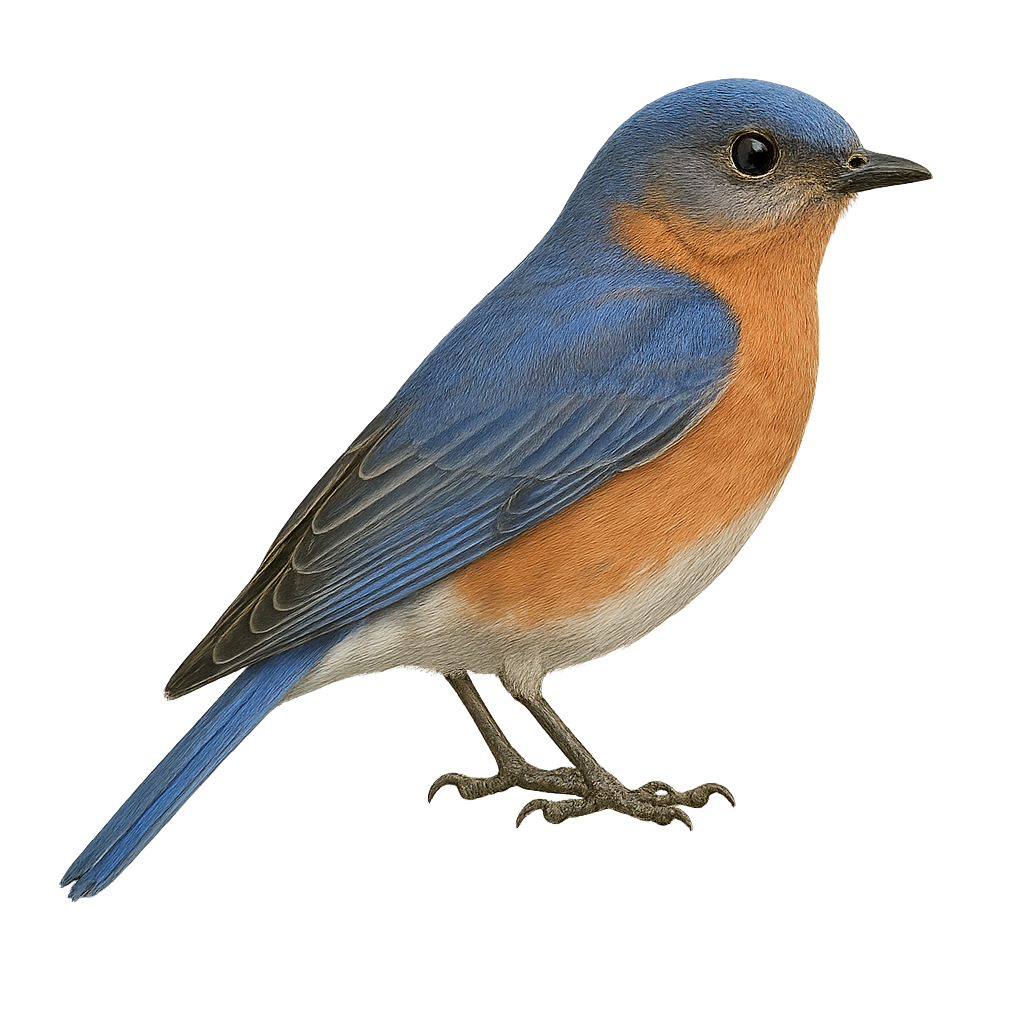Your wildlife photography guide.
Explore the eastern bluebird in detail, study its behavior, prepare your shots.
Where to observe and photograph the eastern bluebird in the wild
Learn where and when to spot the eastern bluebird in the wild, how to identify the species based on distinctive features, and what natural environments it inhabits. The WildlifePhotographer app offers tailored photography tips that reflect the eastern bluebird’s behavior, helping you capture better wildlife images. Explore the full species profile for key information including description, habitat, active periods, and approach techniques.
Eastern Bluebird
Scientific name: Sialia sialis

IUCN Status: Least Concern
Family: TURDIDAE
Group: Birds
Sensitivity to human approach: Tolerant
Minimum approach distance: 5 m
Courtship display: March to June
Incubation: 12-14 jours
Hatchings: April to June
Habitat:
open fields, orchards, sparse woodlands
Activity period :
Primarily active during the day, with peak activity in the morning and late afternoon.
Identification and description:
The Eastern Bluebird, or Sialia sialis, is a small songbird belonging to the Turdidae family. It is easily recognizable by its bright blue plumage on the back and wings, contrasting with a reddish-orange chest and white belly. Males display more vibrant colors than females, who have duller plumage. This bird primarily feeds on insects but also consumes berries, especially in winter. It inhabits open fields, orchards, and sparse woodlands. The Eastern Bluebird is known for its melodious song and its ability to adapt to artificial nest boxes, which has helped stabilize its populations after a decline due to habitat loss and competition with introduced species.
Recommended lens:
400mm – adjust based on distance, desired framing (portrait or habitat), and approach conditions.
Photography tips:
To photograph the Eastern Bluebird, it is advisable to use a 400mm lens or longer to capture precise details without disturbing the bird. Look for open areas such as fields or orchards where they are often visible. Mornings are ideal for soft light and active bird song. Be patient and discreet, maintaining a distance of at least 5 m to avoid scaring them away. A tripod can be helpful to stabilize your camera and achieve sharp images.
The WildlifePhotographer App is coming soon!
Be the first to explore the best nature spots, track rutting seasons, log your observations, and observe more wildlife.
Already 1 439 wildlife lovers subscribed worldwide

